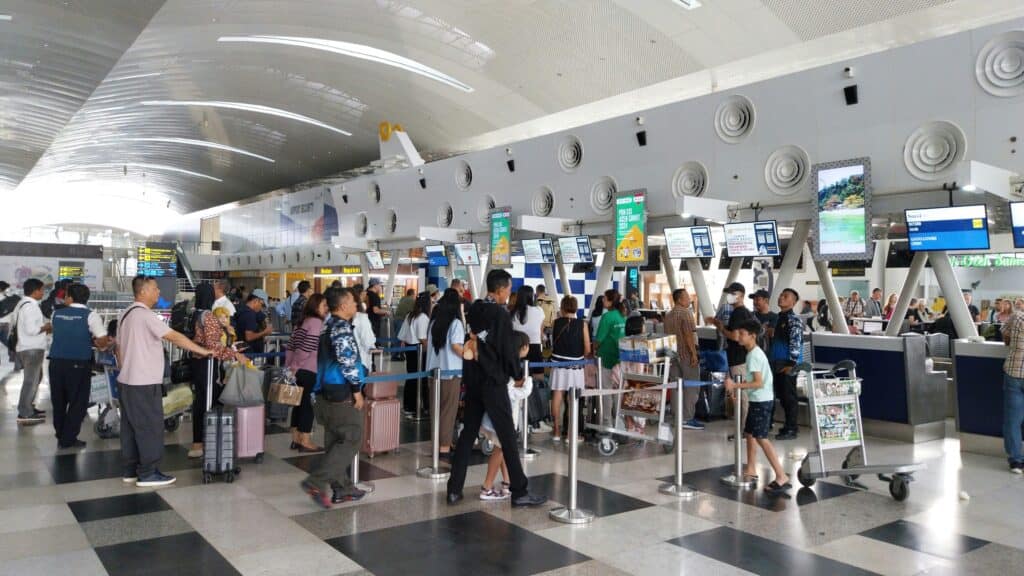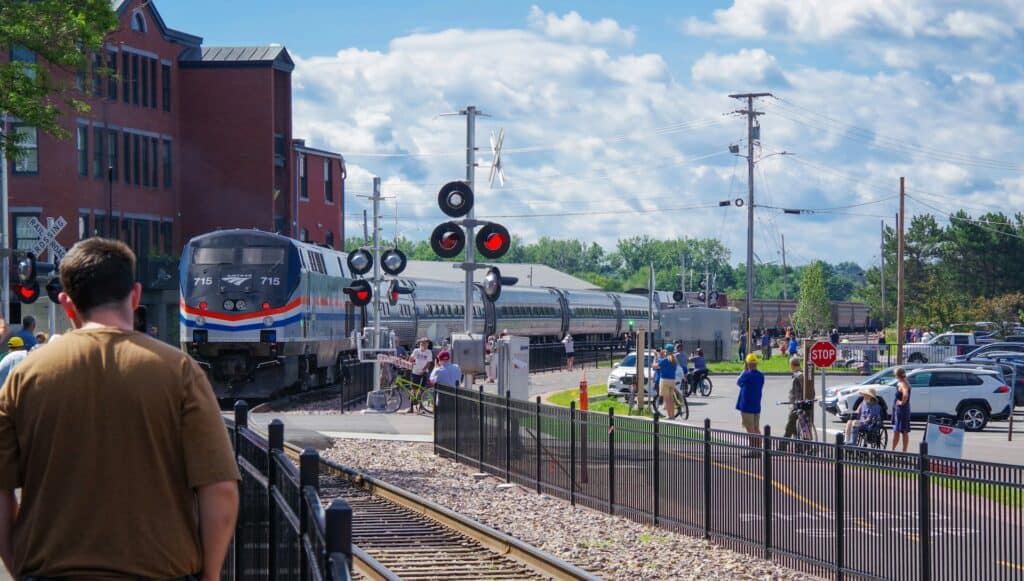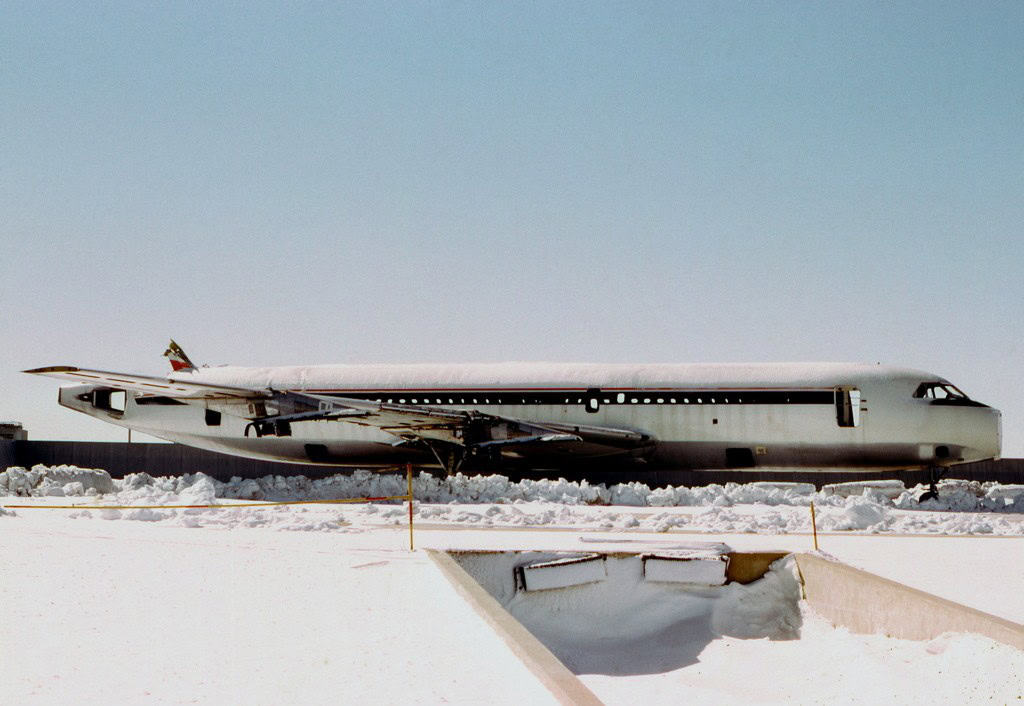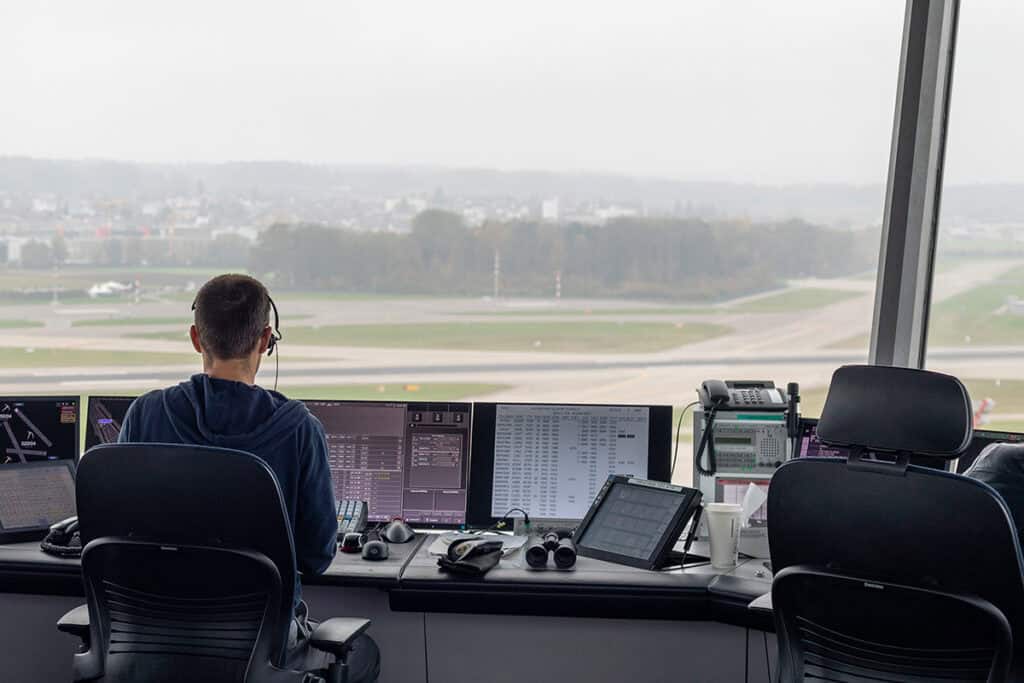We may earn money or products from the companies mentioned in this post. This means if you click on the link and purchase the item, I will receive a small commission at no extra cost to you ... you're just helping re-supply our family's travel fund.

With the possibility of temporary airspace closures on the horizon, many state airports are preparing for a tense few weeks. Staffing gaps, maintenance windows, and safety reviews could slow or reroute air traffic through several regional hubs just as winter travel picks up. While no one expects a complete shutdown, reduced flight volume will test how quickly airlines can adapt. For travelers, it is a moment to plan smarter, keep flexible, and rediscover the freedom of the open road.
State Hubs Feeling The Strain

Regional airports are the first to feel the squeeze when flight limits roll out. Places like Raleigh, Phoenix, and Columbus depend on dense clusters of short-haul flights that vanish quickly under new restrictions. Larger hubs will protect long routes, leaving smaller cities to absorb the brunt of the disruption. Fewer daily departures mean fewer chances to rebook when things go wrong, so local travelers may soon find that the most reliable backup is the interstate, not another terminal.
Northeast Corridors Turning To Asphalt

When major East Coast airports slow down, the ripple is instant. Delays in New York or Boston spill south through Philadelphia and Washington, clogging the corridor in hours. Quick hops between these cities are usually first to go, forcing commuters and families to lean on highways and trains. The I-95 stretch and regional Amtrak routes often run faster than the combined wait time for rebooked flights, and they keep travelers in motion while airlines fight the logjam overhead.
Midwest Airports Bracing For Bottlenecks

The Midwest runs on tight connections, so even modest disruptions in Chicago, Detroit, or Minneapolis hit hard. Small airports in Iowa, Indiana, and Wisconsin can lose entire routes overnight as carriers consolidate planes into larger markets. For many, driving along I-80, I-94, or I-55 becomes the practical fix. The road hours are long but predictable, and with fewer backup flights available, a car offers more control than a ticket that might never clear.
Mountain And Desert States On Watch

In the Mountain West, airports like Denver, Salt Lake City, and Phoenix keep far-flung communities connected. When flights thin out, travelers lose crucial links to ski resorts, canyon towns, and regional work sites. The silver lining is that these same areas are home to some of the country’s most beautiful drives. Routes like US-550, I-70, and I-15 offer sweeping scenery and dependable movement when air corridors tighten, turning logistical detours into unexpected highlights.
West Coast Swaps Air Miles For Scenic Drives

On the Pacific Coast, airline schedules stretch to their limits when airports in Los Angeles, San Francisco, or Seattle cut capacity. Short shuttle flights disappear first, sending more travelers to the road. Highway 101, the Pacific Coast Highway, and I-5 connect cities through beach towns, redwood forests, and vineyard valleys. The journey takes longer but often proves more peaceful, trading crowded terminals for quiet overlooks and local meals along the route.
How Airlines Choose What To Cut

When regulators order reductions, airlines have little time to decide which flights stay and which go. They protect international and high-demand routes, shifting smaller jets and regional connectors out of rotation. The logic favors revenue, not convenience, and that is why cities two hours apart can lose multiple daily flights while overseas service remains untouched. Watching these patterns helps travelers choose departure points that still offer fallback options if schedules change again.
Turning Delays Into Real Plans

The most adaptable travelers know when to stop waiting and start driving. Any route under 400 miles is usually faster by road once security lines, layovers, and boarding delays pile up. Car rentals, rideshares, and local trains can patch together itineraries when flights fall apart. Turning a setback into a mini road trip brings its own rewards: new towns, open space, and the feeling that movement, not perfection, is what defines a good journey.
Staying Grounded Through Disruption

Temporary closures and reduced schedules can feel frustrating, but panic rarely helps. Staying informed, leaving time between connections, and knowing alternate routes keep plans flexible. The country’s highways were built to back up the skies, and they still work. A few extra hours behind the wheel might be the difference between getting home and sleeping in an airport lounge. The key is calm timing, not constant speed.